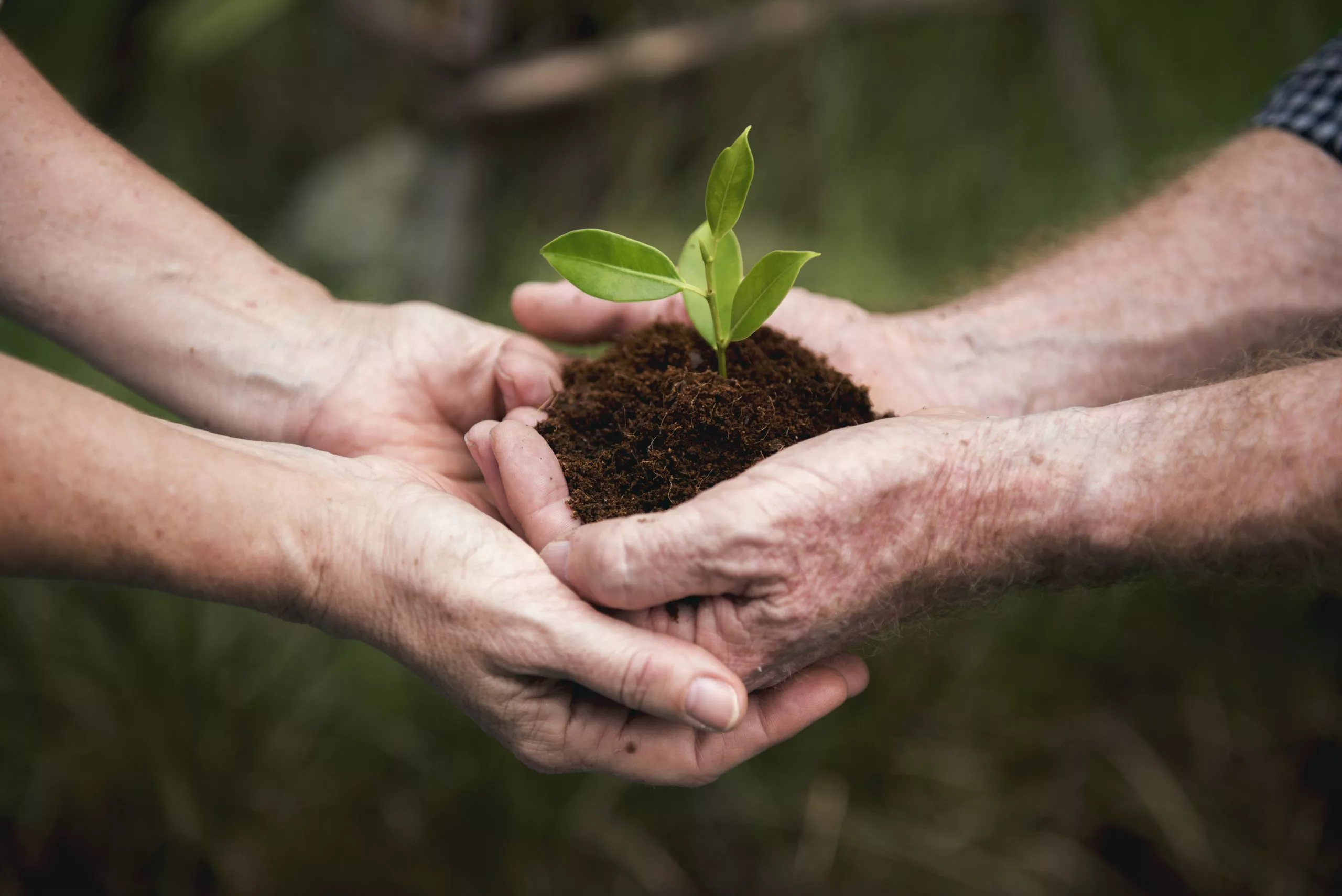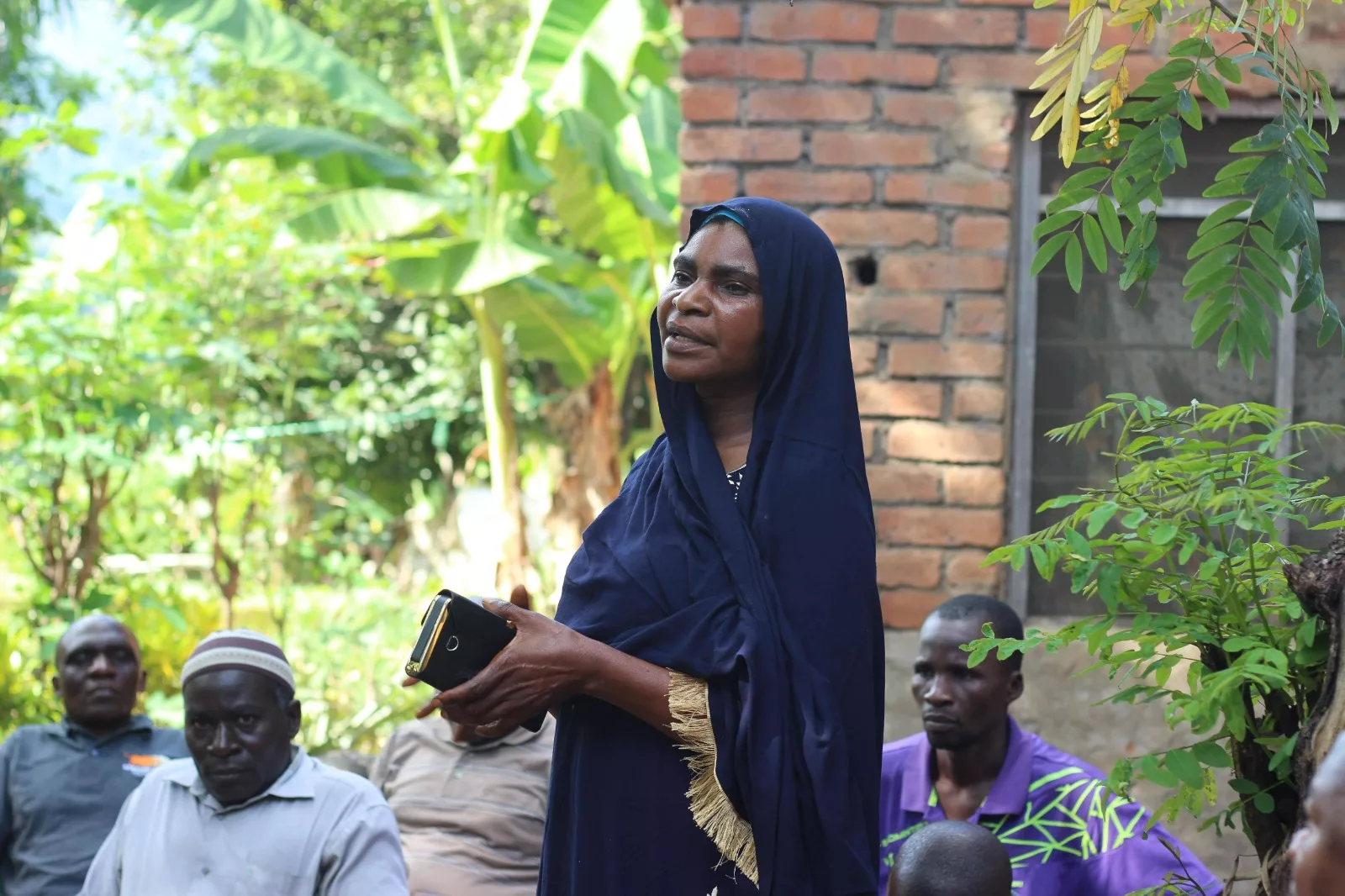
The Forest Management and Certification Institute (Imaflora) and The Nature Conservancy (TNC) launched this Wednesday (27th) a guide for preparing sustainability reports with regard to soy production.
The guide has specific itineraries for two of the country’s main biomes, Cerrado and the Amazon, and aims to help producers demonstrate whether their soy is “deforestation free” and ESG commited.
Increasingly, investors, import markets and consumers demand information about the production and trading process of these products, making transparency mandatory for business survival.
For instance, European Union, the United Kingdom and even China are taking steps to become increasingly demanding in this regard.
Transparency
Imaflora’s senior project coordinator, Lisandro Inakake, explains that current models are insufficient to understand the environmental and social impacts associated with soy.
“This roadmap provides a transparent parameter for soybeans originating in the Brazilian Amazon and Cerrado and, at the other end, will allow grain buyers to see the evolution of the companies’ commitments”, says Inakake.
TNC’s global manager of the Zero Conversion Strategy, Melissa Brito, points out that the guide will fill in basic information gaps and help companies to achieve continuous improvements in meeting their zero deforestation commitments.
“Buyer companies are looking for ways to be proactive and partners in the transition from zero deforestation production and with respect for human rights”, Brito details.
Road map
The guide is divided into four parts. The first provides general guidance on information disclosure and the second requests information regarding the organization producing the progress report.
The third part is the most important, in which indexes are presented to measure concrete advances in the areas where a trader originates soy (own and suppliers), in terms of eliminating deforestation and based on respect for human rights.
In the fourth part, terms and definitions used in this document are listed in order to facilitate the understanding of the proposed requirements and indicators.


![24 Dec. 2023- Shirqat – Iraq – Ahmed Turki Naif, One of the beneficiaries of the training courses on modern agricultural methods in Shirqat is married and a father of two daughters, benefited from the project by adopting pivot sprinklers and drip farming after benefiting from the training course. his fealed work is growing barley, […] 24 Dec. 2023- Shirqat – Iraq – Ahmed Turki Naif, One of the beneficiaries of the training courses on modern agricultural methods in Shirqat is married and a father of two daughters, benefited from the project by adopting pivot sprinklers and drip farming after benefiting from the training course. his fealed work is growing barley, […]](https://planetacampo.canalrural.com.br/wp-content/uploads/sites/9/2025/02/undp_iq_dsc06266-scaled-1.webp)



